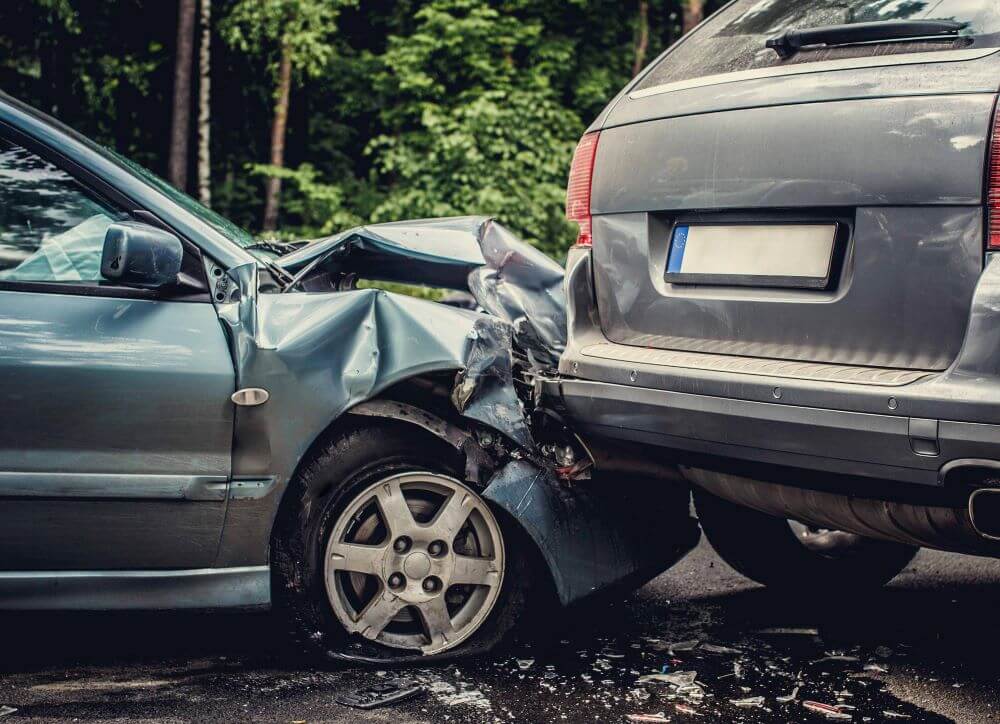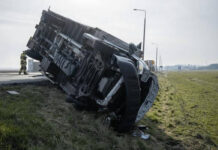Car accidents happen every day—but most of them could be prevented. That’s why hiring top rated Missouri car accident lawyers https://becklawmo.com is so valuable when navigating the aftermath of a collision and determining the next steps.
Whether it’s a moment of distraction, aggressive behavior, or simply poor weather conditions, the root causes are often traced back to human error or neglect. For Missouri drivers, understanding what contributes to these crashes isn’t just helpful—it can mean the difference between safety and serious injury.
With high-traffic areas spanning cities like St. Louis, Springfield, and Columbia, knowing where the fault lies and how liability works is just as important as avoiding the crash itself. Let’s break down the most common causes of collisions—and who’s held responsible when they happen.
1. Distracted Driving
It is no surprise that distracted driving continues to be one of the most common causes of car crashes. Texting, eating, or fiddling with your radio can take your focus away from the road. It takes only a second before disasters happen.
One common misconception among drivers is that they underestimate the danger of distractions, believing that it is possible to drive while manipulating various other tasks. But statistics prove the reverse time and again. Staying away from distractions can significantly reduce accident risks.
2. Speeding Issues
Many severe accidents happen as a result of exceeding speed limits. Accelerated speeds increase response time, making it difficult to control vehicles. Most drivers pay no heed to speed laws and think they can manage their automobiles at warp speed. But somebody, some unexpected variable, or some changing road conditions will come, and we will lose control. Following speed limits is one effective measure to increase safety issues on roads.
3. Driving While Intoxicated
Alcohol and drugs lower the judgment of people and slow reaction times when driving. Driving under the influence endangers both the driver and others. Drivers must be aware of the dangers of impaired driving. Getting a designated driver or alternative transportation can save a life or lives. While this is a testament to growing societal awareness and rigorous DUI laws, it is gross negligence to forget that both semi-routine results in complacency.
4. Weather Conditions
Bad weather, such as rain, snow, or fog, can contribute to incidents. This can lead to more accidents as the roads become slippery and visibility is reduced. Rain or heavy fog can make it difficult for others to see you; it is best to adjust your driving style according to the weather.
By slowing down and keeping some distance from other vehicles, you reduce the risks. Also, it is wise to check the weather forecasts before going on a trip.
5. Not Following the Traffic Signals
Disregarding traffic signals or indications is another typical reason for mishaps. Failure to stop at a red light or stop sign can trigger a catastrophic collision. All drivers should stay vigilant and travel according to traffic signs.
These signals also play a role in pedestrian and cyclist safety. We must remember that traffic rules are written for everyone, and keeping them to ourselves is a responsibility that drives our safety on the road.
6. Aggressive Driving and Tailgating
Risking accidents by tailgating or being aggressive on the road. Following closely can cut down the time you need to respond if the vehicle in front suddenly hits the brakes. Things like aggressive driving, bottled road rage, and weaving through traffic can escalate the situation dangerously. Keeping a good distance and being patient makes driving much safer.
7. Vehicle Defects
Accidents can also be due to mechanical failures or defects in the vehicle. Scheduled servicing will catch problems before they turn into an accident. Drivers are urged to ensure brakes, tires, and lights work properly. Knowing about vehicle recalls and dealing with them can avoid possible accidents due to mechanical failures.
8. Determining Liability
Establishing liability in a car accident case involves many different factors, such as whether someone was negligent or broke the rules of the road. To make this determination, insurance companies and legal authorities review evidence like eyewitness accounts, traffic camera footage, and police reports.
Why should they know about liability when it comes to being in an accident? Liability can have a dramatic impact on the insurance claim filed as well as the legal action that may arise afterward.
9. Preventive Measures
Taking precautionary measures helps mitigate accidents. Defensive driving, which involves anticipating the movements and actions of other cars and being as aware as possible of the surroundings, improves safety. Furthermore, enrolling in driving courses can enhance skills and teach precautions for road safety. We must foster a culture of road safety across crash-prone road users to minimize the number of accidents.
Conclusion
Despite technological advancement and convenience, drivers should not lower their guard while driving. They should follow the rules and avoid risk on the road. Driving safely means looking after your behavior and keeping an eye out for other drivers. Therefore, staying informed and practicing safe driving can go a long way toward reducing the potential for accidents.




